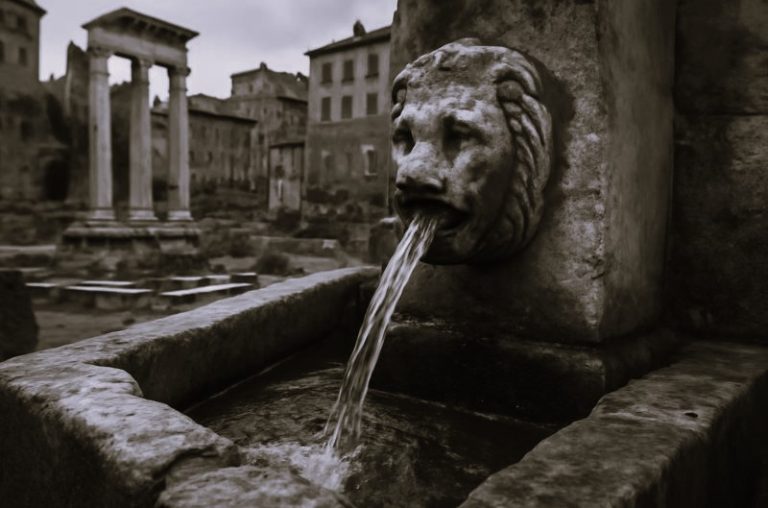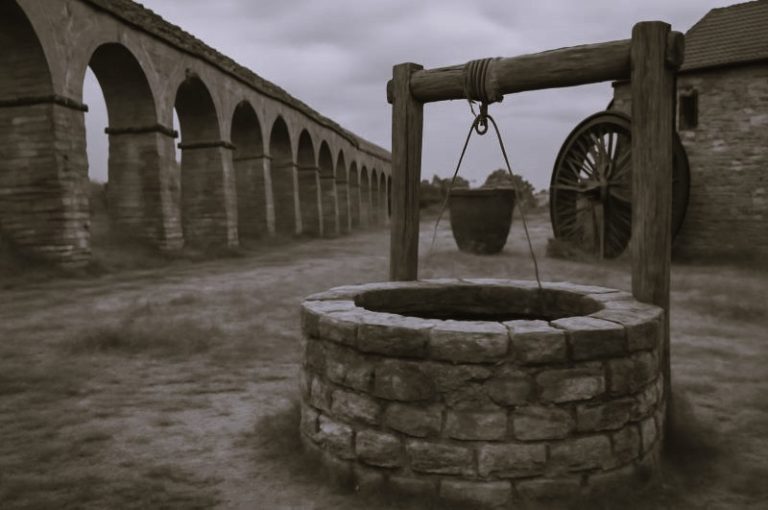
The drought has had a variety of effects on the West, including declining water supplies.

By Julia Conley
Staff Writer
Common Dreams
The megadrought which has gripped western U.S. states including California and Arizona over the past two decades has been made substantially worse by the human-caused climate crisis, new research shows, resulting in the region’s driest period in about 1,200 years.
Scientists at University of California-Los Angeles, NASA, and Columbia University found that extreme heat and dryness in the West over the past two years have pushed the drought that began in 2000 past the conditions seen during a megadrought in the late 1500s.
The authors of the new study, which was published Monday in the journal Nature Climate Change, followed up on research they had conducted in 2020, when they found the current drought was the second-worst on record in the region after the one that lasted for several years in the 16th century.
Since that study was published, the American West has seen a heatwave so extreme it sparked dozens of wildfires and killed hundreds of people and drought conditions which affected more than 90% of the area as of last summer, pushing the region’s conditions past “that extreme mark,” according to the Los Angeles Times.
The scientists examined wood cores extracted from thousands of trees at about 1,600 sites across the West, using the data from growth rings in ancient trees to determine soil moisture levels going back to the 800s.
They then compared current conditions to seven other megadroughts—which are defined as droughts that are both severe and generally last a number of decades—that happened between the 800s and 1500s.
The researchers estimated that the extreme dry conditions facing tens of millions of people across the western U.S. have been made about 42% more severe by the climate crisis being driven by fossil fuel extraction and emissions.
“The results are really concerning, because it’s showing that the drought conditions we are facing now are substantially worse because of climate change,” Park Williams, a climate scientist at UCLA and the study’s lead author, told the Los Angeles Times.
In the region Williams and his colleagues examined, the average temperature since the drought began in 2000 was 1.6° Fahrenheit warmer than the average in the previous 50 years. Without the climate crisis driving global temperatures up, the West would still have faced drought conditions, but based on climate models studied by the researchers, there would have been a reprieve from the drought in 2005 and 2006.
“Without climate change, the past 22 years would have probably still been the driest period in 300 years,” Williams said in a statement. “But it wouldn’t be holding a candle to the megadroughts of the 1500s, 1200s, or 1100s.”
Rep. Pramila Jayapal (D-Wash.) said the new research must push the U.S. Congress to take far-reaching action to mitigate the climate crisis, as legislation containing measures to shift away from fossil fuel extraction and toward renewable energy is stalled largely due to objections from Republicans and right-wing Democratic Sen. Joe Manchin of West Virginia.
“It’s time for Congress to act by making meaningful investments into climate action—before it’s too late,” she said.
Climate change is here and now.
— Rep. Pramila Jayapal (@RepJayapal) February 14, 2022
If a 1,200 year mega-drought isn’t enough to make people realize that, I don’t know what is. It’s time for Congress to act by making meaningful investments into climate action — before it’s too late.https://t.co/jExzMKUXxr
The drought has had a variety of effects on the West, including declining water supplies in the largest reservoirs of the Colorado River—Lake Mead and Lake Powell— as well as reservoirs across California and the Great Salt Lake in Utah.
According to the U.S. Drought Monitor, 96% of the Western U.S. is now “abnormally dry” and 88% of the region is in a drought.
“We’re experiencing this variability now within this long-term aridification due to anthropogenic climate change, which is going to make the events more severe,” Isla Simpson, a climate scientist at the National Center for Atmospheric Research who was not involved in the study released Monday, told the Los Angeles Times.
The researchers also created simulations of other droughts they examined between 800 and 1500, superimposing the same amount of drying driven by climate change. In 94% of the simulations, the drought persisted for at least 23 years, and in 75% of the simulations, it lasted for at least three decades—suggesting that the current drought will continue for a number of years.
Williams said it is “extremely unlikely that this drought can be ended in one wet year.”
“We’re sort of shifting into basically unprecedented times relative to anything we’ve seen in the last several hundred years,” Samantha Stevenson, a climate modeler at the University of California, Santa Barbara who was not involved in the study, told the New York Times.
Published by Common Dreams, 02.14.2022, under the terms of a Attribution-NonCommercial-NoDerivs 3.0 Unported license.







